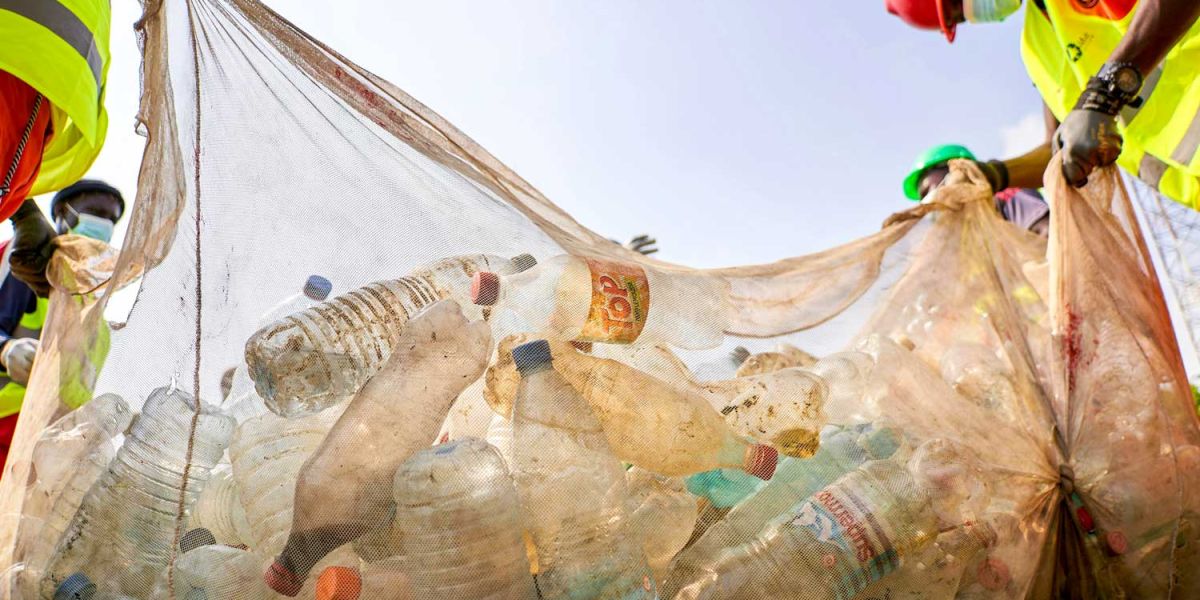
AI determines the most important textile innovations
Chatbots like ChatGPT and Deepseek have become an almost indispensable part of our lives. They create and optimize texts, enable “dialogues” to take place or provide assistance in answering a wide range of questions. I conducted my own trial because I wanted to find out what have been the most, innovative textiles, of the past decade. Some of the answers are rather surprising.
Recently a press release from an online supplier of made-to-measure women’s fashion landed in my office. The company had asked two leading chatbots to name the ten best-dressed women in Germany. That gave me the idea of feeding ChatGPT (wikipedia.org/wiki/ChatGPT) with a question as well – namely: “What have been the most innovative textiles since the year 2015?”. Just 30 seconds later, the answer popped up on my screen.
1. Graphene-reinforced materials innovate technical textile applications
- Extremely lightweight yet exceptionally robust.
- Electrically conductive, antibacterial and thermoregulatory.
Graphene-coated textiles and fibres containing graphene are predominantly used for technical applications and for clothing with a safety function (e.g. in the military) or for smart textiles. The predicted hype, which foresaw a rosy future for use of the material in sportswear, maternity clothes (chiuvention.com) or in mosquito protection has failed to materialize because of the costs for this two-dimensional form of carbon.
2. ,Self-healing fabrics, repair themselves
- Fibres with microcapsules made of polymer or proteins that are able to independently ,repair tears or holes,.
Great news for people who aren’t able to sew! Textiles that are capable of repairing themselves thanks to micro-organisms or polymers! This invention could enable the useful life of clothing to be extended, particularly because the available means of repair can withstand washing. (futurism.com). However, the cost-benefit effect also applies to self-healing materials: they only pay off if the repair costs are lower than the costs required to exchange the material or replace the entire garment.
3. Biologically degradable textiles, facilitate disposal
- Materials such as ,Mycelium, (fungi-based leather), ,orange silk, or ,seaweed fibres,, which are fully compostable.
Biologically degradable fibres also include all the natural fibres, among them cotton, wool, silk, hemp, linen as well as the synthetically produced lyocell fibres. The term seaweed fibres is misleading – it does not involve fibres made FROM seaweed, but rather lyocell fibres WITH seaweed particles integrated, marketed internationally as SeaCell. (smartfiber.de)
4. Cooling and warming materials (thermoadaptive textiles) for climate comfort
- Textiles with, phase-change materials, (PCM), which adapt to body temperature.
,Climate-regulating textiles, were actually developed some decades ago by NASA in order to protect astronauts from the external temperature fluctuations in space. The principle is the same as that of ‘pocket warmers’: when it’s warm, they absorb heat and become liquid. At colder temperatures, they give off their stored energy and become solid, which is why the term ‘phase-change’ is used. In the past two decades, materials including PCMs have been used in a wide variety of fields – ranging from tights and shoes as well as outdoor wear to bed linen (outlast.com).
5. Textiles made of recycled ,ocean plastic, to reduce waste
- Brands like Adidas and Parley produce sportswear from ocean plastic.
This is a very nice marketing tool! It has taken two years of EU funding to induce Spanish fishers not to throw the waste they pull out of the sea back into the water, but to bring it on shore instead. The idea is that it should then be recycled to produce fibres. Of course, the waste collected from the Atlantic and Mediterranean is not enough to cover the fibre demand for large collections. Consequently, only a small proportion of ocean waste is contained in these recycled r-polyester and r-polyamide fibres.
6. ,Smart textiles, with integrated sensor technology
- E-textiles with conductive fibres for monitoring pulse rate, muscle activity and posture.
There are some truly wild ideas for smart textiles – yet these clever products face three challenges. Firstly, connection of the power source to the electrically conductive components is not yet possible on an industrial scale. Secondly, frequent wear or washing can damage the installed components, which raises the issue of whether they can be repaired. Thirdly, there is the end-of-life question: are heatable or illuminated tops electronic or textile waste, and what rules apply to their disposal? Readers wishing to find out more about smart textiles should visit the USER FORUM SMART TEXTILES - DITF, which takes place every year.